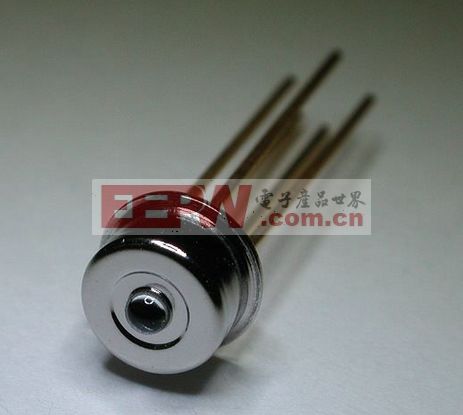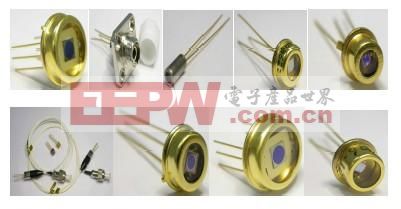REVIEW: A photodiode is a type of diode that performs photoelectric conversion. While it shares similarities with a regular diode in structure, there are key differences. Let’s take a closer look at how a photodiode works and compare it to a standard diode.
First, the Working Principle of a Photodiode – Introduction
A photodiode, also known as a Photo-Diode in English, is a semiconductor device similar in structure to a regular diode, as it is made up of a PN junction. Like a typical diode, it has unidirectional conductivity. However, its application differs significantly. Instead of being used as a rectifier, a photodiode functions as a photosensor, converting optical signals into electrical signals. This makes it essential in various optoelectronic applications.

Second, the Working Principle of a Photodiode – Classification
Photodiodes can be categorized into four main types: PN-type, PIN-type, Avalanche-type, and Schottky-type. Each type has unique characteristics and applications. The PN-type photodiode features low dark current and slow response, making it suitable for color sensors and exposure meters. The PIN-type has higher dark current and faster response, ideal for high-speed light detection in remote controls or fax machines. The Schottky-type uses an Au film instead of a P-type semiconductor, allowing it to detect short-wavelength light. Lastly, the Avalanche-type offers extremely fast response times and is used in high-speed optical communication systems.

Third, the Working Principle of a Photodiode
A regular diode conducts when a forward voltage is applied and blocks current under reverse bias, only allowing a small reverse leakage current. In contrast, a photodiode operates under reverse voltage. When no light is present, the small reverse current is called dark current. When light hits the photodiode, photons enter the PN junction and transfer energy to bound electrons, freeing them from their covalent bonds. This creates electron-hole pairs, which are then swept by the electric field under reverse bias, increasing the reverse current. This change in current corresponds to the intensity of the incoming light, enabling the photodiode to convert optical signals into electrical ones.

Photodiode working principle
Battery connector,battery holder,battery holder spring,power connector,connector
Dongguan Yiyou Electronic Technology Co., Ltd. , https://www.dsubminiature.com
